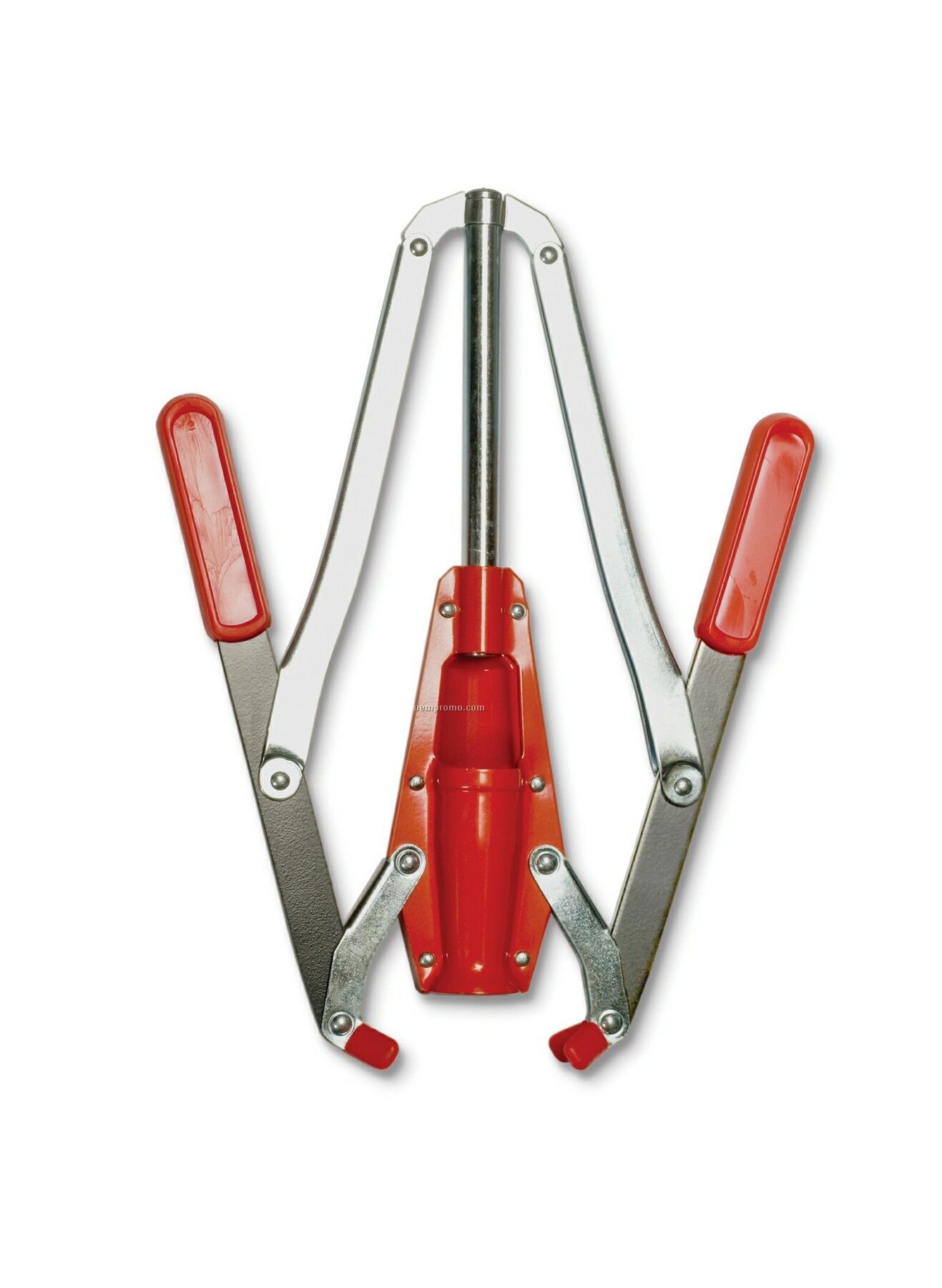

With the current trend for rosé wines, you’re very likely to spot this shape of bottle when shopping for wine. As the name suggests, this bottle comes from Côtes de Provence, the famous rosé-producing region. The shape somewhat resembles a bowling pin, an hourglass or even a corset.

The neck of a Port bottle has a bulb to trap excess sediment during pouring. This resembles a Bordeaux bottle, but with a key difference. The main bottle in which you will find Port, Sherry, Madeira and other fortified wines. This is because they have to resist the high pressure resulting from the production of sparkling wines. The bottles for Champagne and other sparkling wines like Cava or Prosecco might resemble a Burgundy bottle, but are heavier and thicker.

It has a longer neck than the Bordeaux bottle and distinctive sloping shoulders, making it resemble a cone. The Burgundy bottle is most often used for Chardonnay and quite often Sauvignon Blanc and Pinot Noir. The most popular style of wine in Bordeaux are Cabernet Sauvignon/ Merlot blends, but you will find most wines sold in this type of bottle. The body of a Bordeaux bottle has a cylindric shape, with straight sides and high shoulders (the link between the body of a bottle and a bottleneck). This is probably the most common bottle you will come across. Bottles holding French Riesling are often brown, while the ones used for German Riesling are more often green. The main grape contained in Alsace bottles is Riesling. Alsace bottleĪlso known as a Germanic bottle, this bottle is taller and thinner than other types, with gently sloping shoulders. Knowing the basic shapes can be a useful clue to identifying the style of wine before even reading the label. They are named after the wine regions where they were originally developed and used to store the flagship wine of these regions. Most wines you find on the shop shelves will be packaged into five standard shapes. As with sizes, the shape of wine bottles is more or less standardised across the world. What are the standard wine bottle shapes?ĭifferent types of wine bottles are the result of various traditional glassblowing methods across regions, rather than winemakers’ attempts at enhancing the quality of wine.

Its equivalent in sparkling wine is called Methuselahĩ litres Salmanazar: equivalent to 12 standard bottlesġ2 litres Balthazar: equivalent to 16 standard bottlesġ5 litres Nebuchadnezzar: equivalent to 20 standard bottlesġ8 litres Solomon: equivalent to 24 standard bottles For sparkling wine a Jéroboam usually has the capacity of a Double Magnum and a 4.5-litre bottle for champagne and sparkling wine is called Rehoboam.Ħ litres Impériale: contains eight standard bottles of still wine. The origin of this convention is uncertain.ġ8.7 cl (187.5ml) Piccolo or Split: a bottle commonly used for single serves in convenience, travel and hospitality sectorsģ7.5 cl (375 ml) Demi or Half: equivalent to a half a standard wine bottleħ5 cl (750 ml) Standard wine bottle: the bottle that you will most commonly find on the shelves of your local wine retailerġ.5 litres Magnum: holds the equivalent of two standard wine bottlesģ litres Double Magnum: equals the capacity of four standard wine bottlesĤ.5 litres Jéroboam: holds six standard bottles of still wine. There are twelve sizes of wine bottle, ranging from 18.7 cl (187 ml) to 18 litres - although EU legislation currently sets a cap at 10 litres for still wine and 9 litres for sparkling wine.īottles up to 3 litres are simply named after their sizes, while larger bottles derive their names from biblical figures. What are the different wine bottle sizes and names? If you're keen to look "behind the label", with the Level 2 Award in Wines, you'll gain an understanding of the factors that influence the style and quality of the wines you love and discover new styles and regions. In short, different bottle sizes don’t mean better wine quality, although smaller bottles are believed to hasten the ageing process. Here we break down the differences and why, if at all, they matter? While there are thousands of grape varieties and dozens of wine glass styles to suit different types of wine, there are only a few standard wine bottle shapes and sizes.


 0 kommentar(er)
0 kommentar(er)
